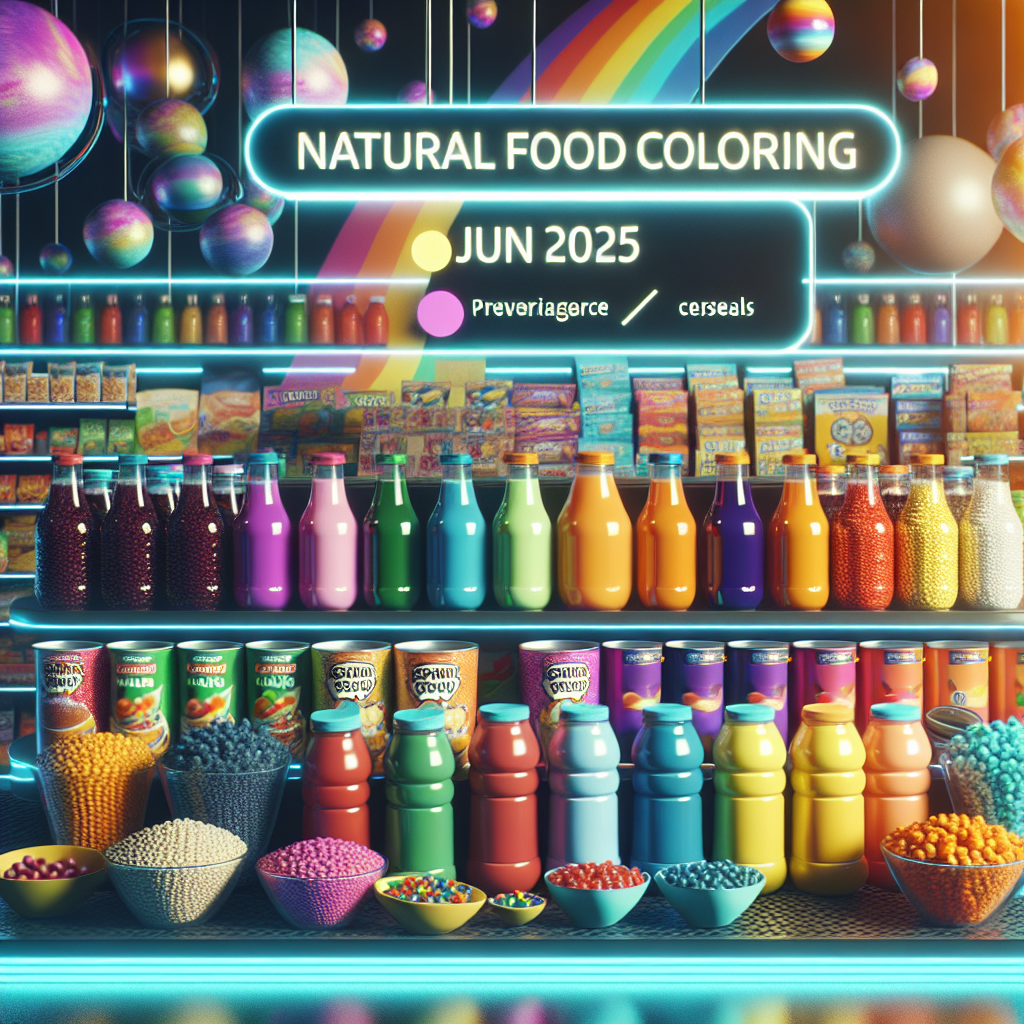The U.S. Food and Drug Administration (FDA) has recently approved three natural food colorings for use in food and beverages as alternatives to petroleum-based synthetic colors.
Starting from June 2025, these colorings can be used in beverages, cereal coatings, candies, desserts, and other foods. This approval is part of the FDA’s initiative to encourage the shift from petroleum-based colors to natural alternatives, aiming to promote healthier and safer food choices for American families.
Robert F. Kennedy Jr., the Secretary of Health and Public Services, told Fox News that phasing out petroleum-based colors is a key component of his “Make America Healthy Again” policy. He emphasized that “our food system has relied on synthetic colors that provide no nutritional value but pose health risks for too long.”
“We are in the process of removing these harmful synthetic colors and transitioning to safe natural alternatives to protect family health and promote better dietary choices,” he added.
The three natural colorings approved by the FDA on May 9th include:
1. Galdieria extract blue, derived from the red algae Galdieria sulphuraria, is suitable for use in beverages, cereal coatings, candies, and frozen desserts.
2. Butterfly pea flower extract, which can produce blue, green, purple, and other colors, expanding its applications to ready-to-eat cereals, cookies, snacks, and more. The application was submitted by the dye manufacturer Sensient Colors.
3. Calcium phosphate, a white coloring agent, is approved for use in ready-to-eat chicken, candy coatings, powdered sugar for donuts, and more, with the application submitted by Innophos Inc.
FDA Director Martin Makary stated in a press release, “The promise has been fulfilled. We are accelerating the transition of the food supply system from petroleum-based colors to natural sources, offering new choices and demonstrating the FDA’s firm commitment to food safety and public health.”
The FDA mentioned that the approval process takes into account estimated human intake levels, toxicological data, and public literature to ensure the safety of additives.
According to CNN, Marion Nestle, an honorary professor of nutrition at New York University, commented, “People may need to get used to foods with lighter colors, considering that artificial fluorescent colors should have been phased out long ago.”

